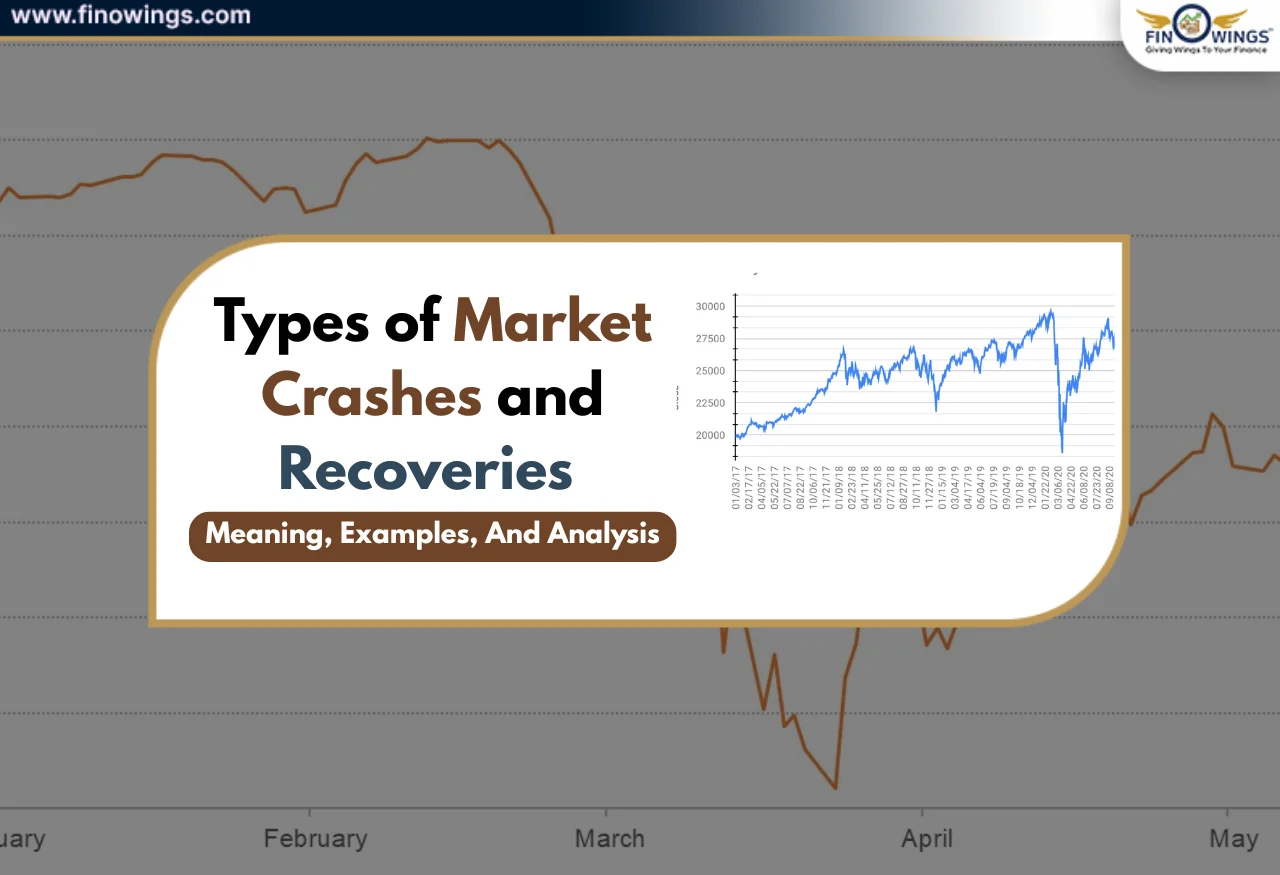Home >> Blog >> How to Analyse a Stock Before Buying in India
How to Analyse a Stock Before Buying in India

Table of Contents
Introduction
The stock market can be rewarding or deteriorating if you select the right stocks at the right time or the wrong ones. The Indian stock market has thousands of companies to choose from, including massive market cap companies like Reliance and HDFC Bank, or betting on mid-cap and small-cap companies that are on the rise.
However, before you lose any hard-earned cash, you must first learn how to analyse a stock before buying in India. This is where the two approaches, Fundamental Analysis and Technical Analysis, come in. They both provide a systematic method that lets you assess companies and estimate likely returns.
This guide outlines how to choose stocks in India, the essential elements to check before purchasing a share, and the integration of technical and fundamental analysis to arrive at decisions with certainty.
What is Stock Analysis?
To assess whether a company is a good investment, stock analysis involves evaluating a company’s financial performance, quality of management, standing in the industry, competitive position, and overall market trends.
In stock analysis India, this is two approaches primarily,
Fundamental Analysis - to gauge a company’s intrinsic worth, and
Technical Analysis - to assess market patterns and trends to forecast future price movements.
Different methods provide various perspectives. Collectively, they enable investors to determine the best course of action regarding a stock: whether to purchase it, retain it, or dispose of it.
Fundamental Analysis: Evaluating the Business
Elements of Fundamental Analysis
1. Industry and Business Model
Know the company's work and way of generating revenue, products or services, nature of working, and main players etc.
2. Revenue and Profit Growth
Review the last 3 to 5 years to determine whether the company’s revenue and profit numbers are growing.
|
Year |
Revenue (₹ Cr) |
Net Profit (₹ Cr) |
|
FY 2021 |
1,000 |
80 |
|
FY 2022 |
1,200 |
100 |
|
FY 2023 |
1,500 |
140 |
3. Earnings Per Share (EPS)
EPS = Net Profit ÷ Number of Outstanding Shares
If EPS is growing it shows that profitability is increasing, so this is a good sign for investors.
4. Price to Earnings (P/E) Ratio
P/E Ratio = Current Market Price ÷ EPS
It shows how expensive a share is in comparison to earnings. When a share price is high, it is more expensive. People tend to buy expensive shares because they expect the company will grow significantly in the future.
Low P/E = Possible Undervaluation, P/E might suggest Slow Growth.
For instance, if Company X has a P/E of 12, and P/E = 30 for Company Y, Company X might be cheaper, so a good value. So, growth potential is all that matters before making a decision.
This shows how much a company has to depend on debt to run.
A lower D/E ratio (less than 1) is safer. In uncertain markets, having a lower debt ratio offers some protection.
6. Return on Equity (ROE)
ROE = Net income ÷ Shareholders' Equity.
A High ROE (particularly above 15%) indicates strong profitability and the efficient management of corporate resources.
7. Promoter Holding and Institutional Interest
Look for consistent or increasing Promoter Holding; this reflects management confidence. Also, Institutional (FII/DII) purchases demonstrate trust from significant investors.
8. Dividend History
Companies with a consistent history of stable dividend payouts show financial health and ongoing commitment to shareholders.
Dividend Yield = (Annual Dividend ÷ Share Price) × 100
Example of Fundamental Analysis Stocks
|
Company |
EPS (₹) |
P/E |
ROE |
D/E Ratio |
Verdict |
|
Company A |
12.5 |
18 |
20% |
0.4 |
Strong Buy |
|
Company B |
8.0 |
28 |
12% |
1.2 |
Overvalued |
|
Company C |
15.0 |
16 |
25% |
0.3 |
Undervalued |
2. Technical and Fundamental Analysis
Fundamentals of Technical Analysis
Moving Averages show trend direction (e.g., 50-day, 200-day moving averages).
The Relative Strength Index shows if an asset is overbought or oversold.
Moving Average Convergence Divergence MACD monitors momentum shifts.
Support and Resistance are critical price levels at which the stock price reverses or bounces.
3. Step-by-Step Guide: How to Pick Stocks India
Here's a simple checklist to help you systematically analyse and pick stocks in India:
Step 1: Identify the Sector
Look to focus on high-growth, innovative, or government-supported sectors. Some examples are renewable energy, electric vehicles (EV), artificial intelligence (AI), financials, and logistics.
Step 2: Filter Strong Companies
Identify companies that have:
-
Increasing profits
-
Low debt
-
Stable, consistent return on equity (ROE) over 15%
-
Transparent management
Step 3: Evaluate Financial Ratios
Consider ratios such as P/E, ROE, ROCE, EPS, and D/E to assess financial performance.
Step 4: Check Annual Reports
Management discussions and auditors' notes will reveal key insights regarding risks, opportunities, and plans for expansion.
Step 5: Benchmark Against Industry Peers
Use key metrics and compare entities to determine which company provides the best valuation and positional equilibrium in the industry.
Metrics Overview
|
Metric |
Company A |
Company B |
|
EPS |
14.2 |
10.5 |
|
P/E |
18.0 |
25.5 |
|
ROE |
22% |
15% |
|
D/E |
0.4 |
1.1 |
|
Verdict |
✅ Better Value |
❌ Overvalued |
6. Study Price Trends
Analyse price trends with the appropriate tools. For long-term investors, small price corrections allow investors a more desirable value entry.
7. Set a Target and Stop Loss
Always plan an exit by determining an exact price to take profits. At what price will you cut your losses?
8. Stay Updated
Be aware of changes in quarterly results, management commentary, and relevant industry information. Particularly in India, the sentiment towards a stock can change and greatly shift overnight.
Common Mistakes to Avoid
Here are some top trading mistakes to avoid.
-
Following Tips Blindly
-
Always conduct your own verification to avoid issues.
-
Ignoring Debt Levels
-
Remember that high leverage can destroy profits.
-
Overlooking Management Quality
-
Bad governance is a no-go.
-
Not Diversifying
-
Do not throw all your money into one stock.
-
Emotional Trading
-
Hype is an enemy.
-
Use Screeners for Quick Stock Analysis
Using stock analysis India can be as simple as clicking on a stock screener. Here are some resources:
- Screener.in for financial data and ratio filters.
- Ticker Tape for peer comparisons.
- Moneycontrol for news and performance charts.
- TradingView for technical analysis.
Example: Fundamental Stock Analysis (Step-by-Step)
Let's assume the company under review is ABC Industries, Ltd.
|
Metric |
Data (FY25) |
|
Revenue |
₹2,500 Cr |
|
Net Profit |
₹310 Cr |
|
EPS |
₹18.5 |
|
P/E |
15 |
|
ROE |
21% |
|
D/E |
0.35 |
|
Promoter Holding |
68% |
Interpretation:
-
Notable profitability (ROE > Of 20%)
-
Low debt levels
-
Pleasing valuation (P/E at 15)
-
Trustworthy promoters
-
Confident promoters
Remark: Fundamentals confirm the stock is strong, making it appropriate for long-term investment.
Conclusion
Conducting proper stock analysis in India enables you to distinguish excellent businesses from speculative ones. Fundamental analysis (to judge quality) and technical analysis (to time entry) enables you to invest in a structured and informed manner. "Driving without analysis is like driving blindfolded. You might progress, but a crash is inevitable".
Before you invest, be sure to follow the 8-step process to pick stocks in India: analyse the business, review the data using Screener or another website, and invest with conviction, not emotion.
DISCLAIMER: This blog is NOT any buy or sell recommendation. No investment or trading advice is given. The content is purely for educational and information purposes only. Always consult your eligible financial advisor for investment-related decisions.
Author
Frequently Asked Questions
Beginners should start by checking the company’s business model, revenue growth, profit trend, debt levels, promoter holding, and valuation ratios like P/E, ROE, EPS and D/E. Then review technical indicators such as support–resistance, moving averages, RSI, and price trends. This mix of fundamental + technical analysis helps avoid emotional decisions.
There is no single factor, but consistent profit growth + low debt + high ROE are considered the strongest indicators for long-term stability. If a company is profitable, efficient, and not dependent on loans, it is safer for investment.
Compare the stock’s P/E ratio, EPS growth, and ROE with its industry peers.
-
If P/E is high but profits are not growing → overvalued
-
If P/E is low and profits/ROE are rising → undervalued
Using platforms like Screener.in or Moneycontrol makes this comparison easy.
Yes, partially. You can use tools like Screener.in, TickerTape, Trendlyne which summarise financial data for you. But for serious investing, reading the annual report (management discussion & auditor notes) gives the most clarity about future risks and growth plans.
Both are useful depending on your goal:
-
Fundamental Analysis → For long-term investors (quality + valuation)
-
Technical Analysis → For short-term traders (timing entry & exit)
The best approach is to use fundamentals to choose the stock, and technical charts to decide when to buy.














.webp)




